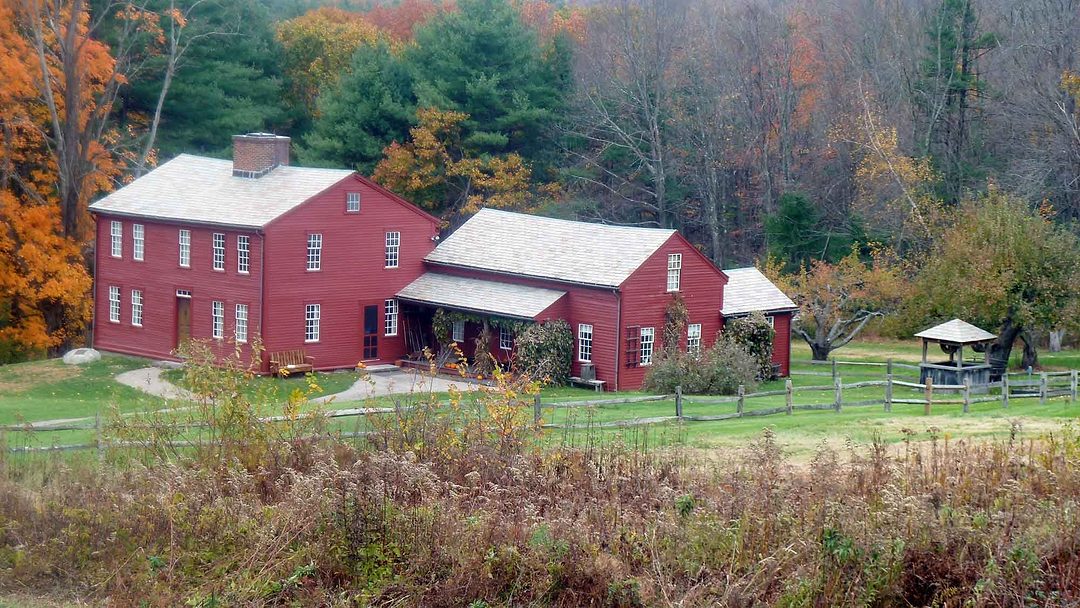In September of 1837, as criticism of his Temple School grew, Transcendentalist philosopher and educator Amos Bronson Alcott received a lifeline: a lengthy correspondence from an English admirer. Having learned of Bronson’s grand experiment through the reading of Record of a School (written by Bronson’s assistant, Elizabeth Peabody), James Pierrepont Greaves had created his own Temple School, naming it Alcott House. Following the closure of his Temple School in 1841, Bronson traveled to London in 1842 to visit Alcott House, returning six months later with a partnership and a vision. While in England, Alcott met Charles Lane, an English Transcendentalist, disciple of James Pierrepont Greaves, and admirer of Bronson Alcott. Together, the two men founded their utopian community in America, beginning in Concord in October 1842. Nine months later, the group moved to the Wyman Farm in Harvard, purchased by Lane. Alcott, his wife and four girls along with Lane and his son, joined a handful of followers at Fruitlands on June 1, 1843.
Alcott and Lane’s goal was to facilitate the return to the Garden of Eden through diet and high-minded ideals, this according to Richard Francis, the author of Fruitlands: The Alcott Family and Their Search for Utopia. Such ideals had to address societal wrongs, especially slavery. Francis described Fruitlands as “a reaction to the Industrial Revolution and the rise of cities, with their consequent social injustice, poverty, and environmental deterioration.”1 In response, the Fruitlands community removed themselves from the general public in order to create a new and perfect society.

Master bedroom

The library

The attic
Photography by Susan Bailey


